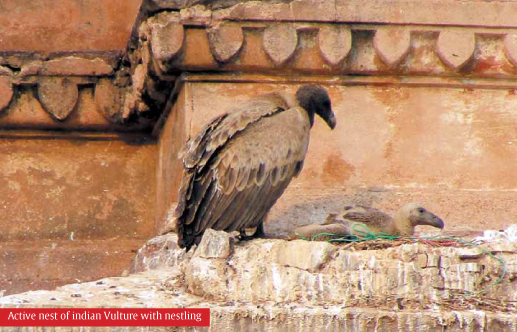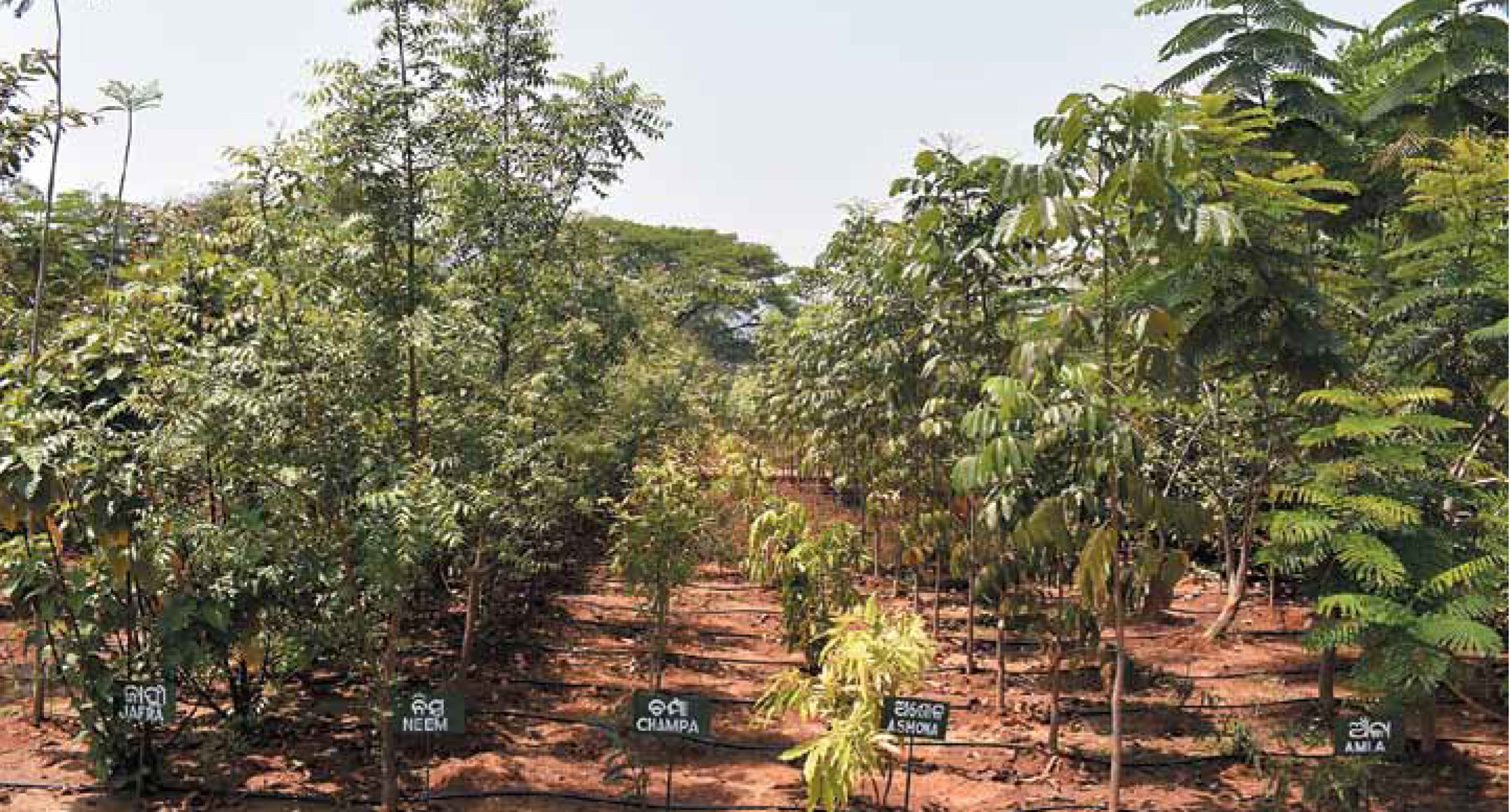
Namaste Orchha: Other Side Of The Coin
By Mirza Altaf Baig
Located exactly 17 km from the Jhansi Railway Station, Orchha is famous for two things; the Orchha Wildlife Sanctuary and the palaces and temples that were built around 3-4 centuries ago. Apart from these tourism-friendly sites, there is a gem that most people are unaware of. The Chaturbhuj temple and Chhatris are a home to the critically endangered “Indian Vulture”. Orchha, where the vulture population is located, is a town that lies in the Niwari District of northern Madhya Pradesh. It is located between the Jamni, a tributary of Betwa and Dhasan rivers. The total area of Niwari district is 1318 Sq.Km.
Fortunately, few weeks before the spread of corona pandemic I got an opportunity to accompany Mr. Dilsher Khan, member of Madhya Pradesh Vulture Conservation Society, for the Vulture Nest Monitoring. On 05th March 2020, we started inspecting the nesting and roosting sites of vultures. I was really amazed that only 17 km from the Jhansi Railway Station, there was this unique presence of wildlife. We counted around 17 Indian Vultures and 05 Egyptian Vultures
The second part of the story initiated with the “Namaste Orchha” festival, a 3-day (06-08 March, 2020) international tourism festival. It was mainly aimed to encourage a tourism friendly attitude and to provide employment opportunities to the local communities.
During nest monitoring, we found some vulture nests that were earlier there at these historic monuments, were “missing” after the restoration of these sites ahead of Namaste Orchha.
A decade ago, there were nests of Indian Vulture and Egyptian Vulture in most of the monuments of Orchha as they are their natural breeding habitats. They use the same site and nest year after year, if they are left undisturbed. But once they leave a site, it is just impossible to bring them back. The cleaning and renovation work during the breeding period resulted in disturbing the vultures. From cleaning and renovation to the colourful lighting of monuments for the festival, the vultures are suffering in silence. Moreover, heavy sound systems and drone cameras around their nesting sites during the fest are yet other sources of disturbance. From the time of eggs in nest to chicks and juveniles in March, these types of fests could result in complete failure of the breeding cycle.


Many people don’t like them as they feed on dead animals. People don’t realize their importance, that they keep our environment clean and keeps a check on the disease spread by feeding on the dead carcasses. Only the severity of the Wildlife (Protection) Act, 1972 ensures the safety of these vultures.
The government should intercede for the welfare of both the wildlife and local community, living in and around the sites of vultures. Most of us are aware that today, the vultures are locally extinct from most parts of our country.
This can create a great opportunity for wildlife tourism, which can lead to the employment opportunities for locals and can become the field station for education purposes in order to understand the vulture ecology.




